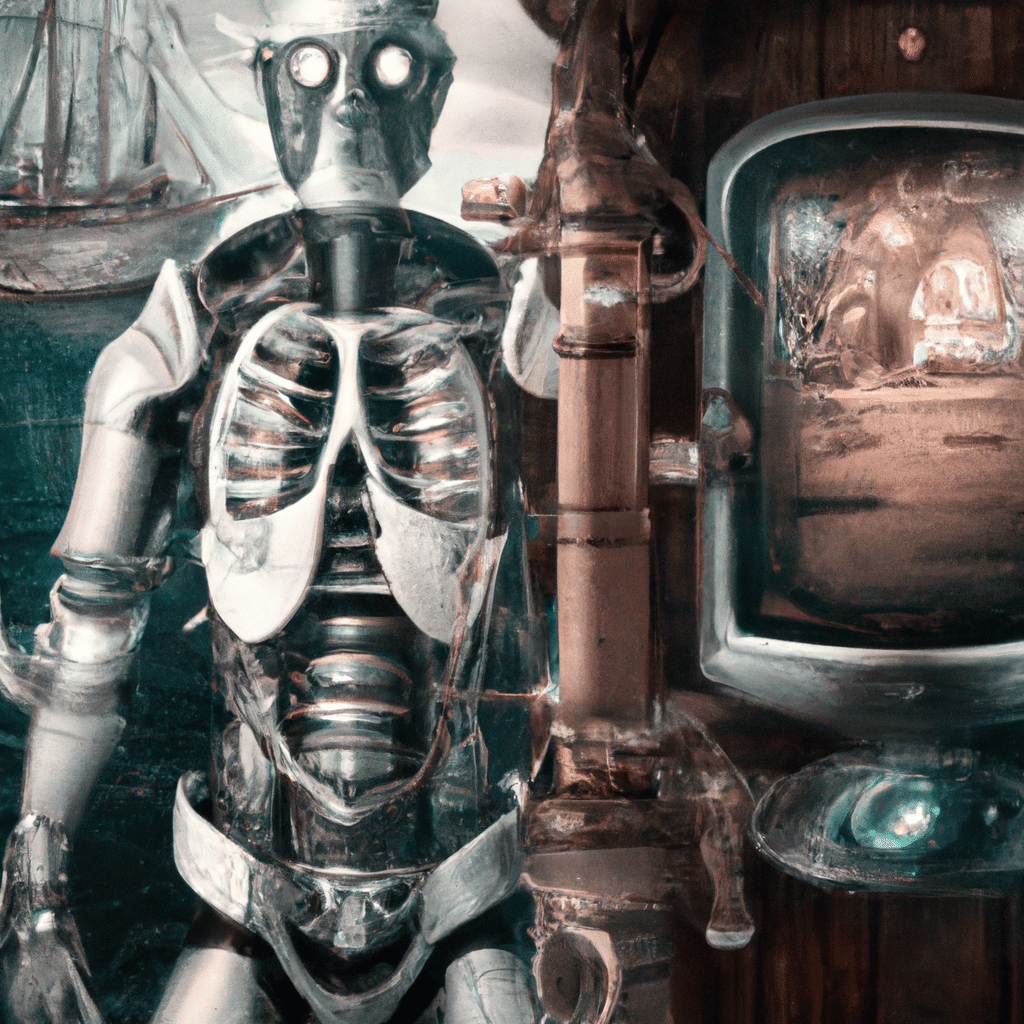No Pancreas Left Behind: MIT Crunches the Numbers to Find Cancer
Have you ever wondered if robots get belly aches? Probably not, because… well, robots don’t have stomachs. But they might just be the future of diagnosing some rather nasty tummy troubles. A clever team of boffins over at MIT’s Computer Science and Artificial Intelligence Lab (CSAIL) has been getting their metal mitts all messy with research. And their findings? Machine-learning models that put all current methods to shame when it comes to spotting pancreatic ductal adenocarcinoma. Yes, that’s a mouthful!
Main Attractions: What’s the Big Deal?
- With these new models, we’re talking about a super-charged AI that’s uncannily good at picking up pancreatic ductal adenocarcinoma. This isn’t where AI spends half of its time mistaking a sprout for a tumour. It’s ‘top-of-the-graduation-class’ level of detections.
- In case you’re wondering “why should I remotely care?” – pancreatic ductal adenocarcinoma is one of the sneakiest, most lethal types of cancer. The problem is, it’s notoriously difficult to spot early. And that’s where our robot comrades come to the rescue!
- The new models not only detect this cancer type earlier, they also do it a whole lot better than currently used methods. It’s like getting Sherlock Holmes to investigate instead of Inspector Clouseau.
- The MIT wizards achieved this feat by combining two machine learning frameworks into a powerful hybrid combo. It’s AI’s version of a double cheeseburger with extra bacon.
So, What Happens Now?
Like any decent superhero, these AI models aren’t about to hang up their capes in the fight against cancer. Further trials and tests are needed, of course – which essentially means they get to do loads more detective work. But it’s a promising start, right?
Final thoughts
American philosopher Elbert Hubbard once said, “One machine can do the work of fifty ordinary men.” Well, with this revolutionary research from MIT CSAIL, we might soon say, “One AI can do the work of fifty traditional cancer detection methods”. And let’s face it, if an AI can help us kick pancreatic cancer’s butt, it deserves a round of applause. So, rev up your CPUs and let’s give a standing ovation to these AI-powered whiz-kids!
As part of this experiment I would like to give credit where credit is due. If you enjoy these, please take a moment to read the original article:
https://news.mit.edu/2024/new-hope-early-pancreatic-cancer-intervention-ai-based-risk-prediction-0118
Blog Title
AI: gpt-3.5-turbo-0613: chatcmpl-8iS0hTTBR5rDRJB3chahrDpuJx7ej
Instruction: “You are an AI blog title generator. Create a catchy and concise title for the blog post that is catchy and optimized for search engines. Remove all html in the response and do not use quotes. Please do not use words that are unsafe to process in Dall-E image AI.”
Prompt: Content Summary of text from above.
Response: Advanced AI Models from MIT Outperform Current Methods in Pancreatic Cancer Detection
Image Description
AIgpt-4-0613:chatcmpl-8iS0qs9L6bH1BKqRpXNPKvQJjJjuX
Instruction: “You are a helpful assistant that creates unique images based on article titles. Create a brief visual description of what an image would look like for this title. Please pick a style of art from the following: Futurism, Impressionism, Romanticism, or Realism, be sure to consider the image should reflect an AI Robot Pirate theme during the Golden Age of Pirates.”
Prompt: The image is designed in a Realism style and merges both a medical and AI technology theme. In the center, a large, silver AI robot is depicted immersed in detailed inspection of a holographic projection of a human pancreas. The robot, with a physician’s coat and pirate’s eyepatch, stands in a historical wooden ship cabin, symbolizing the Golden Age of Pirates, amidst charts and ancient tools. To one side, a screen showcases a ‘before’ image of traditional pancreatic cancer detection methods with less definitive results. On the other side, the ‘after’ screen shows the improved, more detailed results obtained with MIT’s advanced AI model, showing clearer and more accurate images, implying the upgrade in technology.
Response: Advanced AI Models from MIT Outperform Current Methods in Pancreatic Cancer Detection



